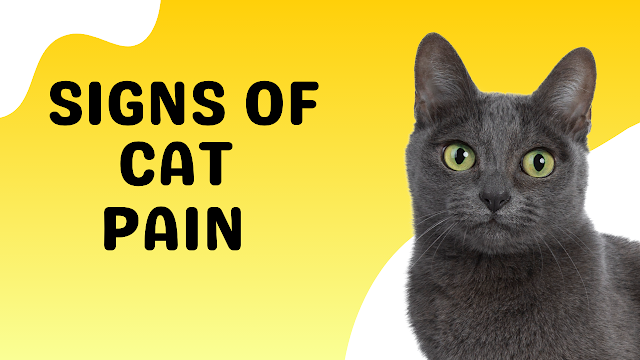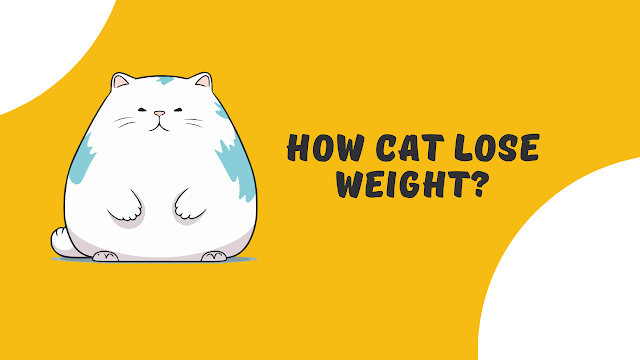How Do I Know If My Cat Is in Pain
As cat owners, it's our responsibility to ensure the health and well-being of our feline companions. However, cats are experts at masking pain, making it challenging for owners to detect when they're suffering. Recognizing the signs of pain in cats is crucial for providing timely medical intervention and relief. In this post, we'll explore common indicators that your cat may be experiencing discomfort and discuss the importance of seeking veterinary care.
7 Signs Your Cat Is in Pain:
1. Changes in Behavior:
Watch for alterations in your cat's behavior, such as increased aggression, withdrawal, or reluctance to be touched. They may become more vocal or seek solitude, indicating discomfort. If your cat displays unusual behavior patterns, it could be a sign of pain, and prompt veterinary attention is essential to address any underlying issues and ensure your cat's well-being.
2. Vocalization:
Excessive meowing, yowling, or growling, particularly when touched or handled, may indicate that your cat is experiencing discomfort. Pay attention to changes in your cat's vocal patterns, as they may be trying to communicate their pain to you. Consulting with your veterinarian can help determine the cause of these vocalizations and provide appropriate treatment.
3. Reduced Appetite:
A sudden decrease in appetite or disinterest in food is cause for concern and may indicate underlying pain or illness. If your cat is eating significantly less than usual or refusing food altogether, it's essential to consult with your veterinarian promptly. Addressing appetite changes early can help identify and manage any potential health issues your cat may be experiencing.
4. Litter Box Changes:
Watch for alterations in your cat's litter box habits, such as urinating outside the box, spending more time than usual in the litter box, or displaying signs of discomfort while eliminating. These changes could indicate underlying health issues or pain, and prompt veterinary attention may be necessary to address your cat's well-being.
5. Lethargy:
If your cat appears unusually tired, lacks energy, or seems disinterested in activities they typically enjoy, it could be a sign of pain. Monitor their behavior closely and consider consulting with your veterinarian if lethargy persists or is accompanied by other concerning symptoms. Early intervention can help address any underlying issues and improve your cat's well-being.
6. Changes in Grooming Habits:
When a cat is in pain, you may notice changes in their grooming habits. They may groom themselves excessively as a way to self-soothe or neglect grooming altogether due to discomfort. Keep an eye out for any deviations from your cat's usual grooming routine, as it could be a subtle indication that they are experiencing pain or discomfort.
7. Difficulty Moving:
If your cat is limping, favoring certain limbs, or struggling to jump or climb, it could indicate pain or discomfort. Observe their movements closely, as reluctance to move or difficulty performing regular activities may suggest underlying musculoskeletal issues or joint pain. Consult with your veterinarian for a thorough evaluation and appropriate management of your cat's mobility concerns.
How To React:
Conclusion:
Detecting pain in cats can be challenging, but by observing their behavior and habits closely, you can identify potential signs of discomfort. If you notice any of the aforementioned indicators or suspect that your cat may be in pain, it's essential to consult with a veterinarian promptly. Early intervention can alleviate your cat's suffering and improve their overall well-being. By being attentive to your cat's needs and seeking veterinary care when necessary, you can ensure they receive the attention and treatment they deserve.






Comments
Post a Comment